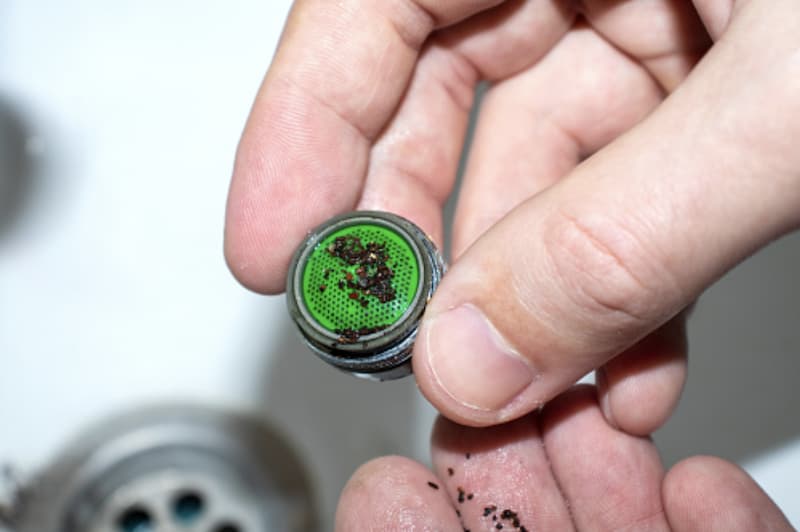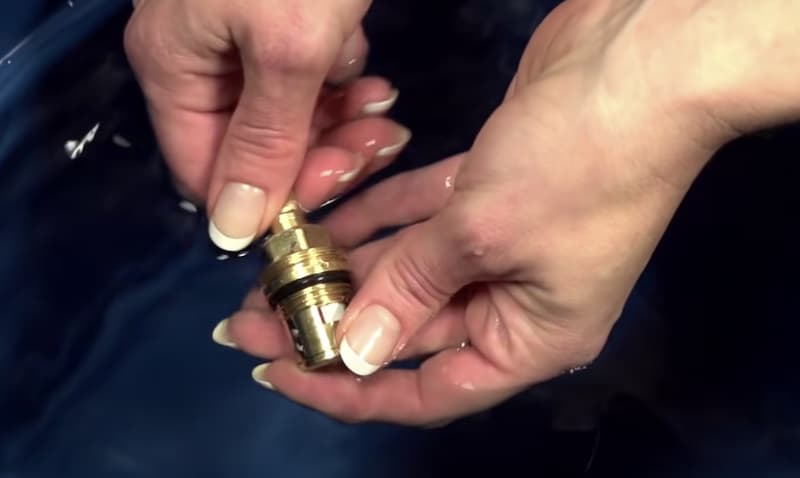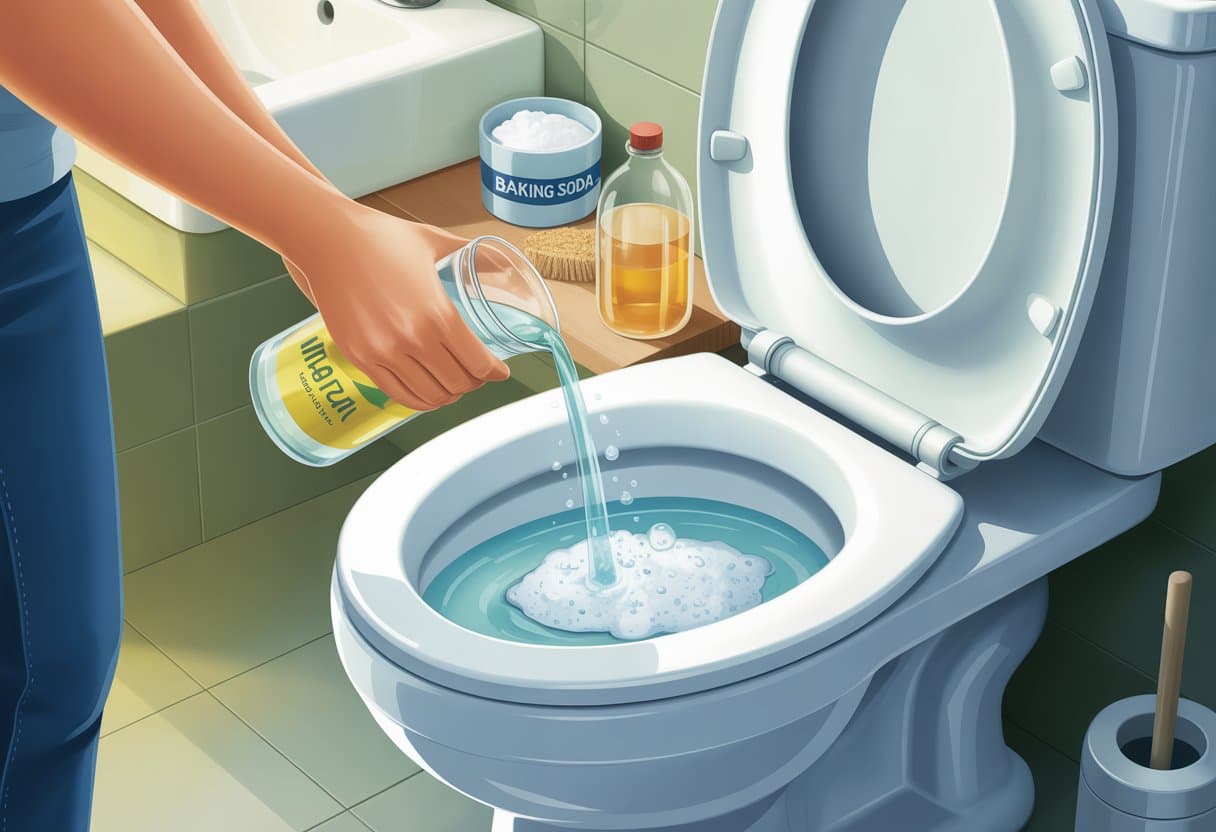You know that moment when you’re trying to rinse a stubborn pot and your kitchen faucet decides to give you the weakest trickle imaginable? Yeah, we’ve all been there. Low water pressure in the kitchen sink isn’t just annoying, it turns simple tasks into drawn-out ordeals that make you question your entire plumbing system.
After 15 years fixing water pressure issues across Seattle, Everett, and the surrounding areas, I can tell you there are usually six main culprits behind this frustrating problem. The good news? Most kitchen sink water pressure issues you can tackle yourself without needing professional repair services or expensive installation work.
Clogged Aerators: The Most Common Water Pressure Problem

Here’s something that’ll blow your mind: that little mesh screen at the end of your kitchen faucet, the clogged aerator, causes about 70% of the low water pressure calls we get. This tiny component is often the main culprit behind sink water flow issues, and fixing a clogged aerator is usually the easiest repair you’ll ever do.
I had a client in Edmonds last month who was convinced she needed a whole new faucet installation. Turns out, her aerator was so clogged with mineral deposits it looked like a science experiment. Five minutes of cleaning later, her water pressure was back to normal, and she saved herself hundreds on unnecessary professional repair work.
The aerator’s job is pretty clever, actually. It mixes air with water to give you that nice, consistent flow while using less water (your utility bill thanks you). But over time, minerals and debris from your water supply turn it into a miniature dam that restricts water flow to your sink.
Want to check if yours is the problem? Here’s what you do:
Unscrew that aerator from the end of your kitchen faucet, usually you can do this by hand, but sometimes you need pliers. Take a good look at it and examine the small holes where water flows through. See those tiny openings? If they’re blocked or barely visible due to mineral buildup, that’s your culprit right there.
Run the water without the aerator attached. If suddenly you’ve got great pressure flowing from your faucet, congratulations, you found your issue and avoided calling a professional for this simple repair.
Now, if the holes aren’t completely blocked, grab an old toothbrush and scrub away the debris that’s restricting your water flow. For stubborn buildup, soak the clogged aerator in white vinegar for an hour first. But if it looks like it’s seen better days (we’re talking years better), just replace it. A new aerator costs maybe three bucks at the hardware store, much cheaper than any professional installation.
Clogged Cartridge Issues in Your Kitchen Sink

Your faucet handle isn’t just for looks, inside there’s a cartridge that controls water flow. And guess what? It gets dirty too.
I remember working on a kitchen in Lynnwood where the homeowner had already replaced the aerator twice, convinced that was the issue. Turned out the cartridge was packed with so much sediment it could barely let any water through.
Here’s how to check yours:
With the aerator still off, run the water. Still weak? Time to investigate the cartridge.
Remove the handle top (some pop off, others need to be unscrewed). Look for a ring-shaped cover and remove that too. The cartridge is usually cylindrical, plastic or brass, and you should be able to pull it out with your fingers or needle-nose pliers.
Inspect it for buildup. If it’s gunked up but salvageable, clean it thoroughly. If it looks like it belongs in a museum, replace it.
Put everything back together and test. You might just be surprised.
Blocked Supply Lines Affecting Water Flow
Sometimes the issue isn’t at the kitchen faucet itself, it’s in the supply lines feeding water to your sink. These supply lines can develop blockages or restrictions that affect water pressure throughout your kitchen’s plumbing system. This one’s a bit trickier to diagnose than clogged aerators, but still doable without professional help.
Head under your kitchen sink and turn off the water supply using those shut-off valves under there. Disconnect the supply line going to your faucet and catch any excess water in a bucket. Turn the water back on at the shutoff valve.
If water flows freely into your bucket from the supply line, your kitchen faucet is probably shot and needs replacing, the blockage is internal to the faucet assembly. Rather than attempting a complex repair, replacement might be your best option. If nothing comes out of the supply line? That’s when you might want to give us a call. Blocked supply lines can be tricky to locate and clear, and this issue often requires professional diagnosis to avoid damaging your plumbing system.
Plumbing Leak Problems and Low Water Pressure

Here’s something most people don’t think about: you might not have low pressure, you might have a leak stealing your water before it gets to the faucet.
A client in Edmonds called us last year complaining about pressure issues throughout her whole house. Turned out she had a small leak in her basement that had been running for months. Once we fixed that, her pressure returned to normal.
Check your water pressure at other faucets around the house. If they’re all weak, you might have a leak somewhere.
Want a quick test? Turn off all water in your house and check your water meter. Write down the numbers, then check again in two hours. If the numbers went up, you’ve got a leak somewhere in the system.
Faulty Shut-Off Valve Reducing Water Pressure
That shut-off valve under your kitchen sink? It’s working harder than you think, and sometimes these valves start to fail, causing low water pressure issues. We see this a lot in older homes around Seattle, the shut-off valves begin to fail internally, restricting water flow even when they’re “fully open.”
Check that your shutoff valve is turned all the way counterclockwise, and look for any obvious leaks or corrosion around the stem. Sometimes these valves develop internal problems that prevent proper water flow to your kitchen faucet, creating pressure issues that seem mysterious.
If the shut-off valve is clearly damaged or leaking water around the stem, replacing it is usually your best bet. Not a fun repair job, but definitely doable for someone handy with tools. However, if you’re not comfortable working with your plumbing system’s shut-off valves, this might be a good time to call in a professional for proper installation.
Pressure Regulator Problems Throughout Your Home
If every kitchen faucet and sink in your house is running with low water pressure and you’ve ruled out leaks in your pipes, your pressure regulator (also called a pressure reducing valve or PRV) might need attention. This device sits where your main water supply enters your home and controls water pressure throughout your entire plumbing system, surprise, it can malfunction and cause low pressure issues everywhere.
The pressure regulator usually has a screw on top. Try turning it counterclockwise to increase water pressure throughout your house, which should improve flow to every sink and faucet. But be careful, too much pressure can damage your plumbing system and require expensive repair work. If you’re not comfortable adjusting your pressure regulator, definitely call a professional for this type of installation or repair work.
Low Hot Water Pressure from Your Water Heater
Last but not least, if only your hot water pressure is weak while cold water flows fine from your kitchen faucet, your water heater is probably the villain here. This is one of the most common issues we see, and it affects hot water pressure at every sink in your house.
Sediment builds up in water heater tanks over time (especially here in the Pacific Northwest where our water can be pretty hard). This buildup reduces efficiency and can seriously impact hot water pressure throughout your plumbing system. The sediment essentially clogs up the internal pipes and reduces the effective water flow from your water heater to every faucet and sink in your home.
I recommend flushing your water heater tank every six months or so to prevent this issue. It’s not complicated, but if you’ve never done this type of maintenance before, having a professional walk you through the process the first time isn’t a bad idea. Some homeowners prefer to have professional installation of a maintenance schedule to keep their water heater running efficiently and maintain proper water pressure throughout their kitchen and entire plumbing system.
Ready to Get Your Water Pressure Back?
Look, most of these water pressure fixes are pretty straightforward if you’re comfortable with basic tools and working around your kitchen sink. Simple issues like clogged aerators or problems with shut-off valves can often be resolved without professional help. But if you’ve tried a few things and you’re still dealing with weak water flow from your faucet, don’t hesitate to call in the pros for proper diagnosis and repair.
At Danika Plumbing, we’ve been solving low water pressure issues across Snohomish and King Counties for years. Sometimes it really is just a three-dollar aerator causing your kitchen sink problems. Other times, it’s something more complex in your plumbing system that requires professional installation or repair work on your pipes, water supply lines, or shut-off valves.
Either way, you shouldn’t have to live with frustrating low water pressure at your kitchen sink. Whether you need a simple repair or complete installation of new components, give us a call and let’s get your faucet working the way it should. Don’t let water pressure issues turn every kitchen task into a chore, professional help is just a phone call away.



